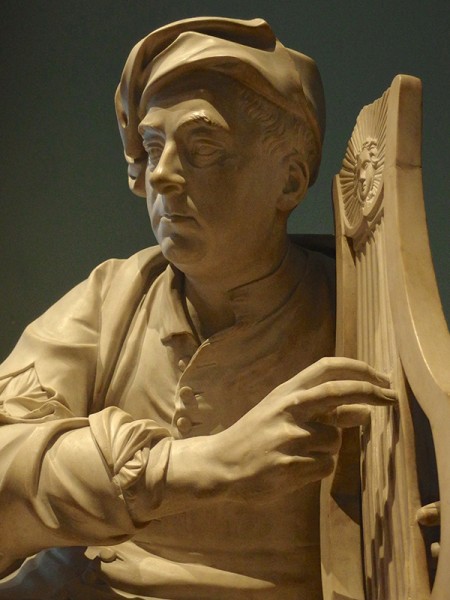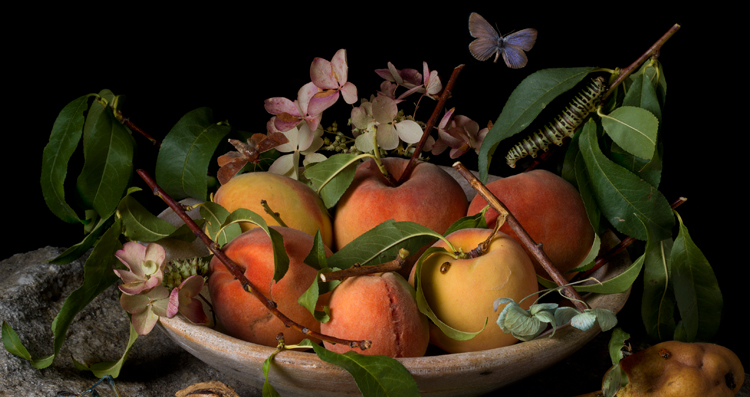Program Notes by Ivars Taurins
Handel is able at one moment to deal with a panoply of monumental events and in the next to draw us into the most intimate workings of the heart and mind.
Handel’s genius shines out from every page of the scores of his large-scale English works: oratorios, musical dramas, and odes. His uncanny sense of dramatic pacing, and his ability to convey human emotions and psychological struggles in music, gleaned through years of writing for the opera theatre, are evident everywhere. The magnificent choruses reflect Handel’s talent for writing music for grand occasions with bold brushstrokes. He is able at one moment to deal with a panoply of monumental events — battles, feasts, plagues, ceremonies — and in the next to draw us into the most intimate workings of the heart and mind.
The technique known as pasticcio — derived from the Italian culinary word for a kind of filled pie made of many ingredients — was very popular in the 18th century.

We open with contrasting images of Music: that of celebration and praise, both extrovert and intimate (Solomon, Esther); the soft, melancholic music of nature (L’Allegro); and the brazen, stirring, and “dreadful” music of battle (Judas Maccabeus). In every conflict there is the victor and the vanquished. Handel is equally adept at, and sensitive to, portraying both sides of war. Indeed, his musical images of grief, woe, and despair are among his most potent, whether for chorus (Deborah) or for solo voice (Cleopatra in Alexander Balus). Turning to celebration, thanksgiving, and solemn praise, Handel paints radiant peace (Jonathan in Alexander Balus, Zadok in Solomon) or joyful triumph (Judas Maccabeus).
In the second half of the concert we turn our focus to love and all its facets: from its “soft delights” to its bedfellows jealousy, vanity, desire, and despair.
Handel had a particular affinity with the English landscape, and his pastoral music is second to none (with the possible exception of Vaughan Williams). From the rustic quality of “Crown with festal pomp” (Hercules) to the idyllic duet from L’Allegro, Handel captures the essence of the “fairest Isle.”
Handel bequeathed his setting of the coronation anthem Zadok the Priest to the nation — it has been a part of every coronation since George II. His masterful sense of grandeur and occasion, whether for secular (Water Music, Royal Fireworks) or sacred (Coronation Anthems) events, was used by him to great effect in his oratorios. The final chorus from Athalia is a brilliant example of this, and a fitting end to a pasticcio drawn from Handel’s many and varied settings of English texts.
Image credit: Peaches and Hydrangeas After G.G. by Paulette Tavormina

